No. 51. Ishigaki: Salt, Ice Cream, and Other Cool Stuff
Recently, but well after our trip to Asia, Martha Ressler and I took a class on raw fermentation from Karen Palcho in Pennsylvania’s Oley Valley. Karen is the founder and former owner of Karen’s Botanicals. Now she devotes herself to sculpture and teaching about fermentation and brewing. Among the things we discussed in the class, is the importance of salt, especially natural salt, for food, fermentation, and health. Fermented foods are not just a way of preserving edibles or for enhancing their interest and flavor, they also have many healthy properties. Thus the visit to Ishigaki with its artisanal salt production was of great interest to us.
The second-largest island of Japan’s Yaeyama archipelago, much of Ishigaki island is preserved as part of the Iriomote-Ishigaki National Park. Draped in lush greenery across low-lying terrain the island provides a tropical glimpse of a remote part of Japan with its warmer climate and turquoise waters.
Staples of the island economy are pineapples and sugarcane. The local brown sugar offers a pleasant and unique flavor experience. White sand beaches are among Japan’s most picturesque but often restricted to pearl production. Within sight of Taiwan, the island is heavily influenced by the culture of its larger neighbor. While on the island we not only visited an artisanal salt works, but also a fine art ceramic world shop, and a small factory that makes high-end textiles using traditional techniques and dyes.
Salt is vital for living things, for humans and for the tiny critters that colonize our guts and our skin. It is a crucial component of fine food too. Up until 1997, the Japanese central government maintained a monopoly on salt production.
Since then Okinawa has developed into the center of independent sea salt production. Ishigaki Island, which is part of Okinawa Prefecture, is famous for its deep blue sea and for the corals below it. This sea produces Ishigaki Salt.
Ishigaki Salt has a stronger flavor than some other regional salts and it comes in three basic variations. The most common is a fine cooking salt, a coarser table salt, and a coarse-grain salt for cooking meats.
We visited the small factory making Ishigaki Salt, which is located in rural Nagura Bay in the southwest of the island.
The founder and owner of the works, Togo Tokuhide, guided us through the property, though not the factory itself. First, he led us down a narrow path right through low-hanging Mangrove trees towards a quiet inlet. A pipe disappears into the water and is connected to a pump far out in the water. This brings in the water needed for salt production. From the breach, we saw Omoto-dake, the highest mountain in Okinawa. A river flows down from there into the bay replenishing and cleansing it.
Togo, an Ishigaki native, said he went to a technical college to study the sea. He carried out some private experiments on filtering sea salt so that when the government salt monopoly ended he and some friends were able to start the factory.
Their salt is 100% natural and this means that the mineral content is somewhat unstable, therefore not commercially viable for a mass market. The sea and its salt not only change according to the season but also the cycle of the moon. The moon influences the tide and it’s the tides that bring seawater into the bay. These variations mean it does not always meet commercial standards that often require additives for consistency.
These pictures provide a flavor for that operation and other aspects of the island including the enjoyment of a local delicacy: salt ice cream.


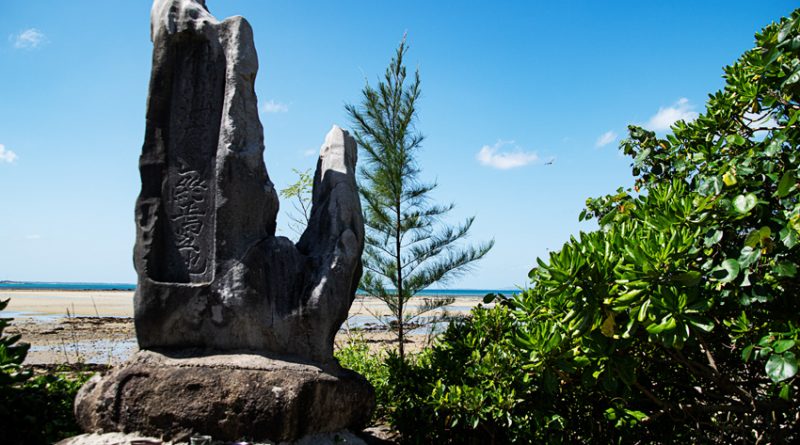
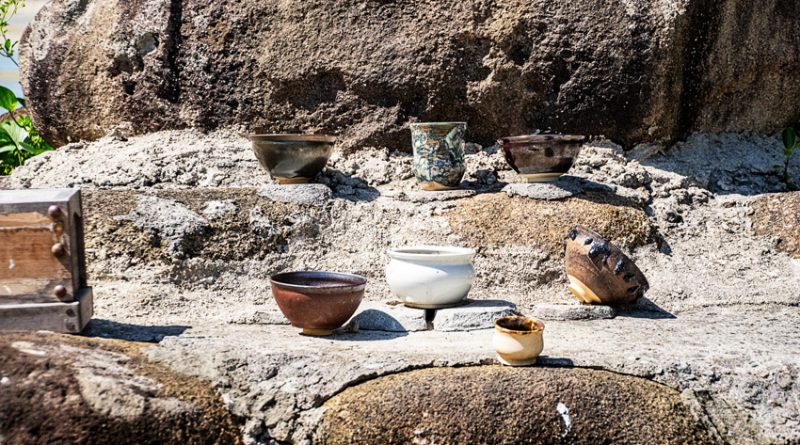



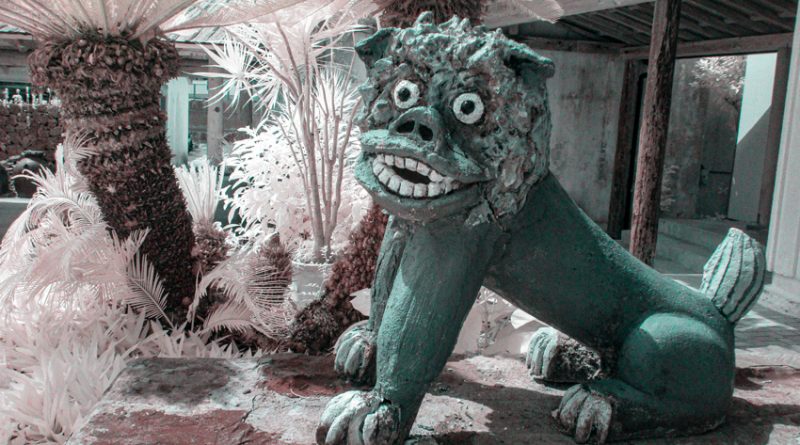



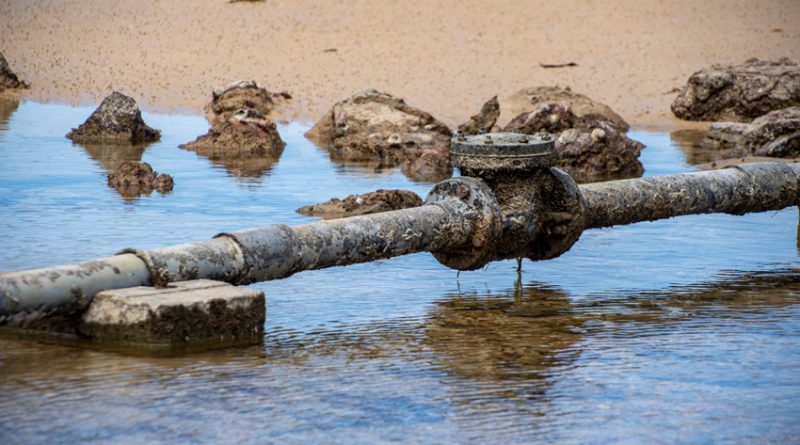



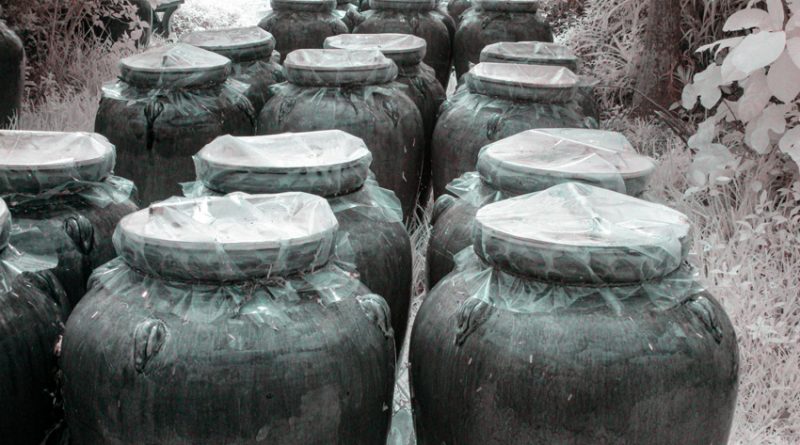
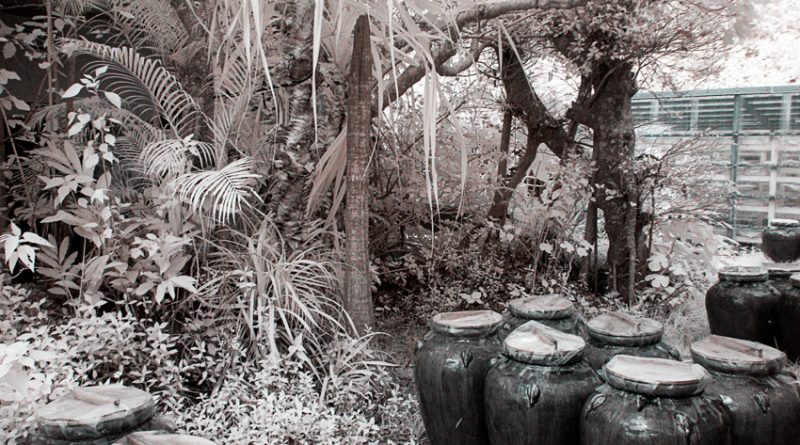
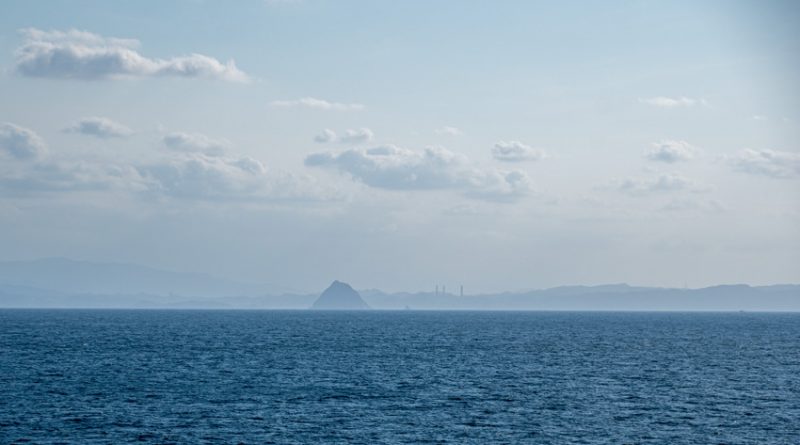



Hi Jay,
Somehow, I just found this post of yours. It is amazing to think of you getting to visit the salt production areas of shigaki. That is so cool. Hooray for good salt and fermentation.
Cheers, Karen